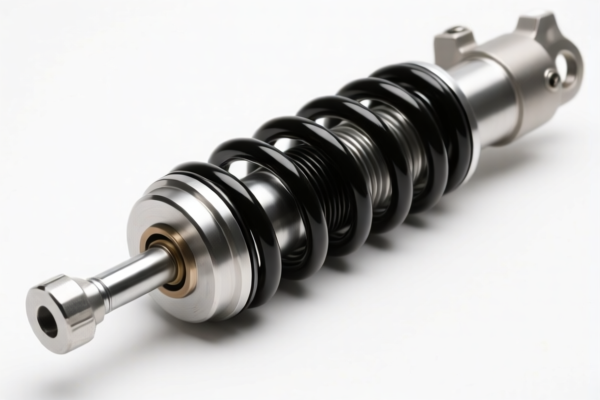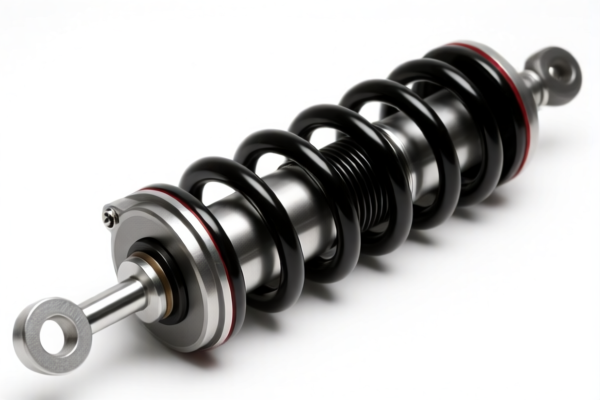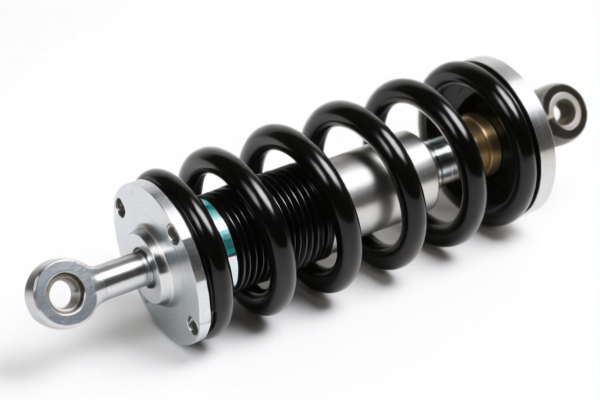| HS Code | Official Doc | Tariff Rate | Origin | Destination | Effective Date |
|---|---|---|---|---|---|
| 8479899560 | Doc | 32.5% | CN | US | 2025-05-12 |
| 8479899560 | Doc | 32.5% | CN | US | 2025-05-12 |
| 8487900080 | Doc | 83.9% | CN | US | 2025-05-12 |
| 8487900040 | Doc | 58.9% | CN | US | 2025-05-12 |
| 7308903000 | Doc | 80.0% | CN | US | 2025-05-12 |
| 7308906000 | Doc | 80.0% | CN | US | 2025-05-12 |
| 9406900190 | Doc | 82.9% | CN | US | 2025-05-12 |
| 9406900130 | Doc | 82.9% | CN | US | 2025-05-12 |
| 7326908605 | Doc | 82.9% | CN | US | 2025-05-12 |
| 7326908675 | Doc | 82.9% | CN | US | 2025-05-12 |
| 5609004000 | Doc | 58.9% | CN | US | 2025-05-12 |
| 5609003000 | Doc | 59.5% | CN | US | 2025-05-12 |
| 5404198080 | Doc | 61.9% | CN | US | 2025-05-12 |
| 5404900000 | Doc | 55.0% | CN | US | 2025-05-12 |
| 5601290090 | Doc | 59.0% | CN | US | 2025-05-12 |
| 5601300000 | Doc | 55.0% | CN | US | 2025-05-12 |
| 9003110000 | Doc | 40.0% | CN | US | 2025-05-12 |
| 9003190000 | Doc | 37.5% | CN | US | 2025-05-12 |
| 9021100050 | Doc | 30.0% | CN | US | 2025-05-12 |
| 9021100090 | Doc | 30.0% | CN | US | 2025-05-12 |
| 3926909989 | Doc | 42.8% | CN | US | 2025-05-12 |
| 3926909905 | Doc | 42.8% | CN | US | 2025-05-12 |
| 3916905000 | Doc | 60.8% | CN | US | 2025-05-12 |
| 3916903000 | Doc | 61.5% | CN | US | 2025-05-12 |
| 6304996040 | Doc | 33.2% | CN | US | 2025-05-12 |
| 9404909670 | Doc | 37.3% | CN | US | 2025-05-12 |
| 6307908940 | Doc | 37.0% | CN | US | 2025-05-12 |
| 6307908950 | Doc | 37.0% | CN | US | 2025-05-12 |




Shock Absorbing Frame
A shock absorbing frame is a structural component designed to mitigate the transfer of impact and vibration to sensitive equipment or a user. These frames are employed across a diverse range of applications, prioritizing protection, stability, and operational efficiency.
Material
The materials used in shock absorbing frame construction vary based on the required level of protection, weight constraints, and environmental factors. Common materials include:
- Elastomers: (e.g., silicone, neoprene, polyurethane) – Offer excellent vibration damping and are frequently used in mounts and cushioning elements.
- Steel: Provides high strength and rigidity, often used for the primary structural components, especially in heavy-duty applications. Alloy steels are common for increased durability.
- Aluminum: Lightweight and corrosion-resistant, suitable for applications where weight is a critical factor.
- Composites: (e.g., carbon fiber, fiberglass) – Offer a high strength-to-weight ratio and can be tailored to specific damping characteristics.
- Engineered Plastics: (e.g., polypropylene, ABS) – Cost-effective and can be molded into complex shapes for integrated damping features.
Purpose
The primary purpose of a shock absorbing frame is to:
- Reduce Vibration: Minimize the transmission of oscillatory motion that can cause damage to equipment, reduce accuracy, or cause user discomfort.
- Isolate Shock: Protect components from sudden impacts, preventing breakage or malfunction.
- Enhance Stability: Maintain the alignment and operational integrity of equipment during dynamic events.
- Improve Performance: By reducing vibration, shock absorbing frames can improve the accuracy and lifespan of sensitive instruments.
Function
Shock absorbing frames function through several mechanisms:
- Damping: Dissipating energy through materials with inherent viscous or hysteretic properties.
- Isolation: Physically separating the protected component from the source of vibration or shock using flexible mounts or resilient materials.
- Deflection: Allowing the frame to deform under impact, absorbing energy in the process.
- Energy Absorption: Utilizing specialized materials or designs to convert kinetic energy into other forms, such as heat.
Usage Scenarios
- Vehicle Suspension: In automobiles, motorcycles, and bicycles, shock absorbing frames (often integrated with suspension systems) provide a smoother ride and improved handling.
- Electronic Equipment: Protecting sensitive components in computers, servers, and mobile devices from damage during transportation or operation.
- Industrial Machinery: Isolating motors, pumps, and other equipment from the surrounding structure to reduce noise and vibration.
- Medical Devices: Stabilizing imaging equipment, surgical instruments, and patient support systems.
- Aerospace Applications: Protecting avionics, sensors, and other critical components from the stresses of flight.
- Firearms: Reducing recoil and improving shooter comfort and accuracy.
- Camera Stabilization: Gimbal systems utilize shock absorbing frames to maintain a stable image during movement.
Common Types
- Spring-Based Frames: Utilize coiled springs (e.g., coil springs, leaf springs) to absorb shock and vibration.
- Elastomeric Mounts: Employ rubber or polyurethane components to provide damping and isolation.
- Hydraulic Dampers: Use fluid resistance to control shock and vibration.
- Pneumatic Dampers: Utilize air pressure to absorb shock and vibration.
- Composite Frames: Constructed from materials like carbon fiber for high strength-to-weight ratios and tailored damping characteristics.
- Multi-Layer Frames: Combining different materials and damping elements to achieve optimal performance.
- Gimbal Frames: Specifically designed for stabilizing cameras or other sensitive equipment, often incorporating multiple axes of rotation and damping mechanisms.
Based on the provided information, the following HS codes may be relevant to “shock absorbing frame”:
- 3926909989: Other articles of plastics and articles of other materials of headings 3901 to 3914; Other; Other. This code covers a broad range of other plastic articles. Given that a shock-absorbing frame could be made of plastic, this is a potential match. Chapter 39 covers plastics and articles thereof. Heading 3926 specifically includes other articles.
- 3916905000: Monofilament of which any cross-sectional dimension exceeds 1 mm, rods, sticks and profile shapes, whether or not surface-worked but not otherwise worked, of plastics; Of other plastics; Other; Other. If the frame is constructed from plastic rods or profile shapes exceeding 1mm in cross-section, this code could apply. Chapter 39 covers plastics, and heading 3916 focuses on specific plastic forms.
- 6307908940: Other made up articles, including dress patterns; Other; Surgical towels; cotton towels of pile or tufted construction; pillow shells, of cotton; shells for quilts, eiderdowns, comforters and similar articles of cotton; Cotton towels of pile or tufted construction (363). While seemingly unrelated, if the shock-absorbing frame is used in a medical context (e.g., as part of a surgical support), this code might be considered. Chapter 63 covers other made up textile articles.
Regarding HS code 3926909989, please note that the material composition of the frame will be a key factor in determining its correct classification.
Regarding HS code 3916905000, the cross-sectional dimension of the plastic components must be verified to ensure it exceeds 1mm.
Regarding HS code 6307908940, the intended use of the frame as a medical device component needs to be confirmed.
Customer Reviews
No reviews yet.